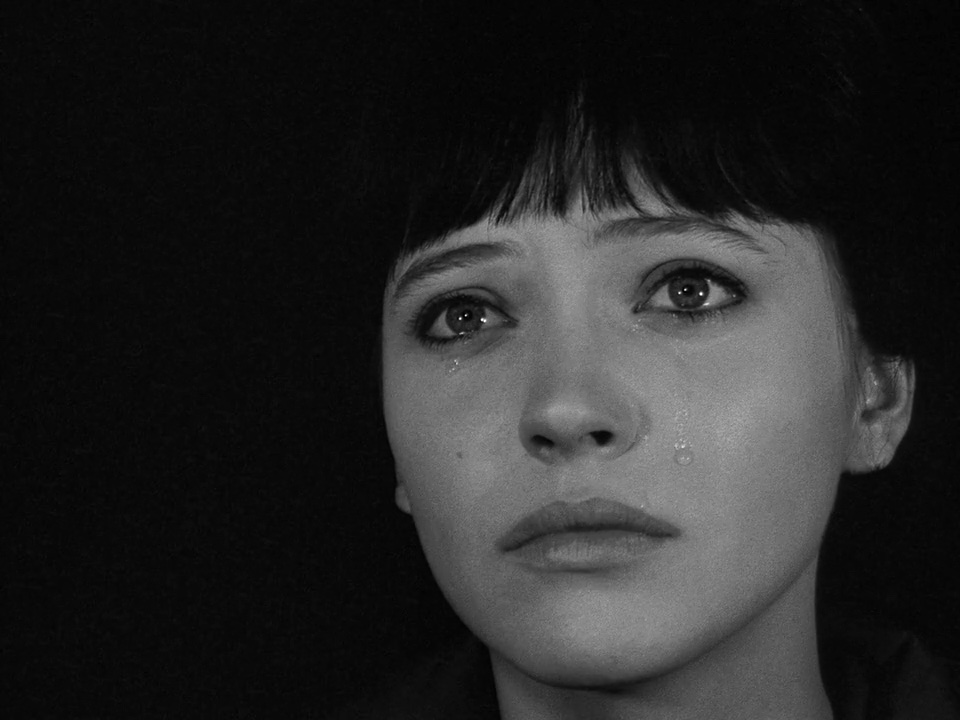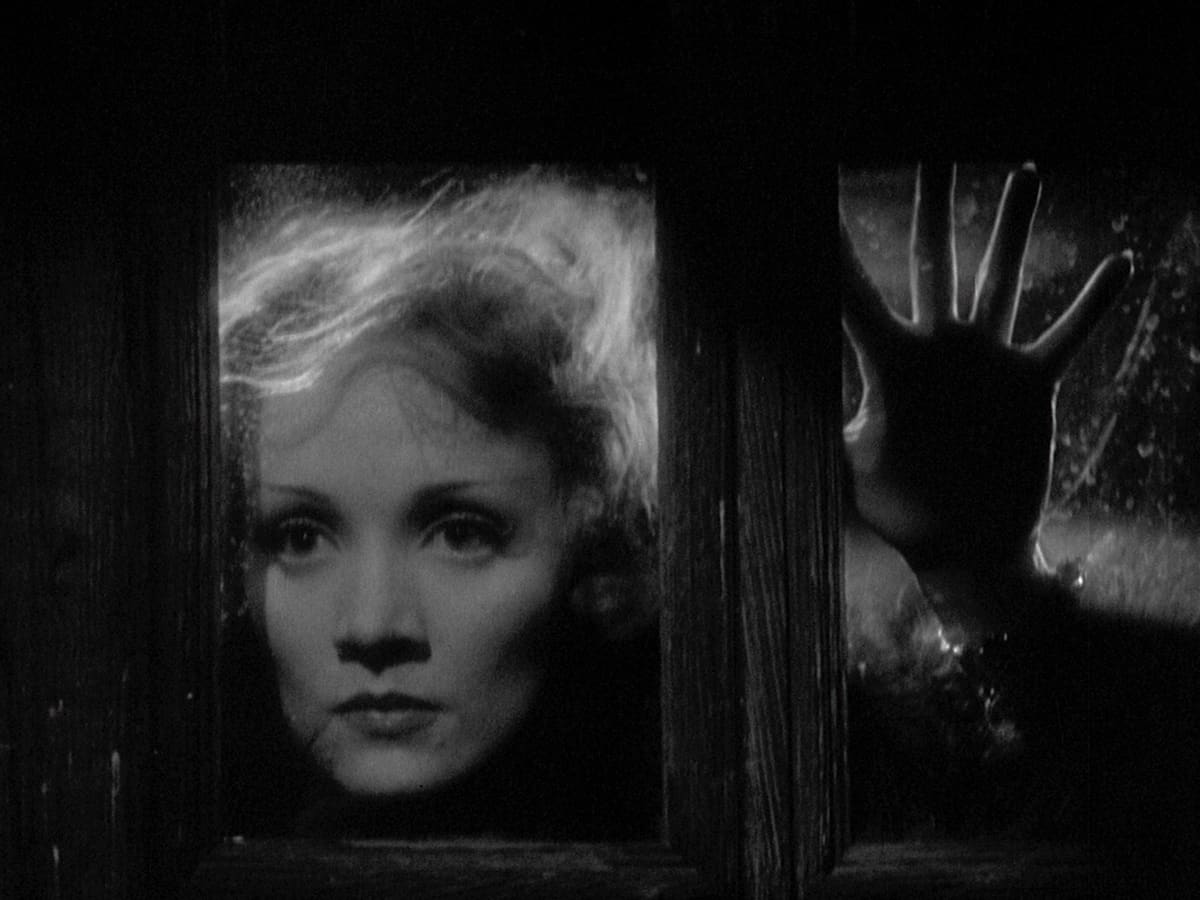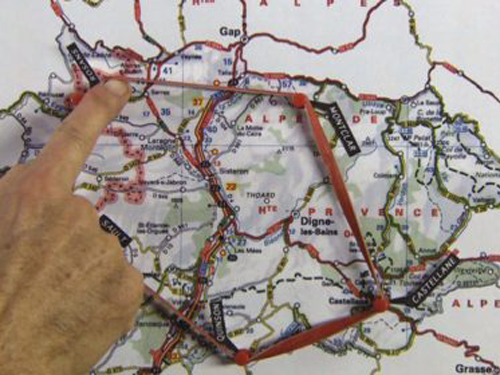Week 11/2023
This week we settle down at three screenings where cinema and film criticism meet.
KASKcinema in Ghent will screen Vivre sa vie: Film en douze tableaux by Jean-Luc Godard. In an article published by Sabzian, Frieda Grafe wrote: “The pre-formed units of meaning Godard inserts into his narrative are a kind of critical device, variants of both the theme and the way the film is shaped. It is a parody of the still ubiquitous essentialist separation of form and content.” The film will be introduced by film scholar Eduard Cuelenaere.
Eric de Kuyper, who plays an important role in Belgian film culture, will introduce the screening of Shanghai Express by Josef von Sternberg. De Kuyper characterises von Sternberg as a “paradoxical filmmaker”, who seemed to submit to each and every Hollywood cliché while managing to unmask them at the same time. The film will be followed by a discussion on de Kuyper’s work as a film critic. In the coming weeks, Sabzian will republish a number of striking texts from his remarkable oeuvre, with a new commentary by de Kuyper.
La terre de la folie by Luc Moullet will be shown at Cercle du Laveu in Liège, which is run by a collective of volunteers who created the conditions of a technically high quality cinema while inhabiting a social multi-usage space.
Moullet, former film critic for Cahiers du Cinéma, once wrote that “the filmmaker criticizes, and the critic praises.” Le Monde called the film “reminiscent of Luis Buñuel’s surrealist documentary Terre sans pain, revisited in this instance by the combinatory art of Georges Perec.”




